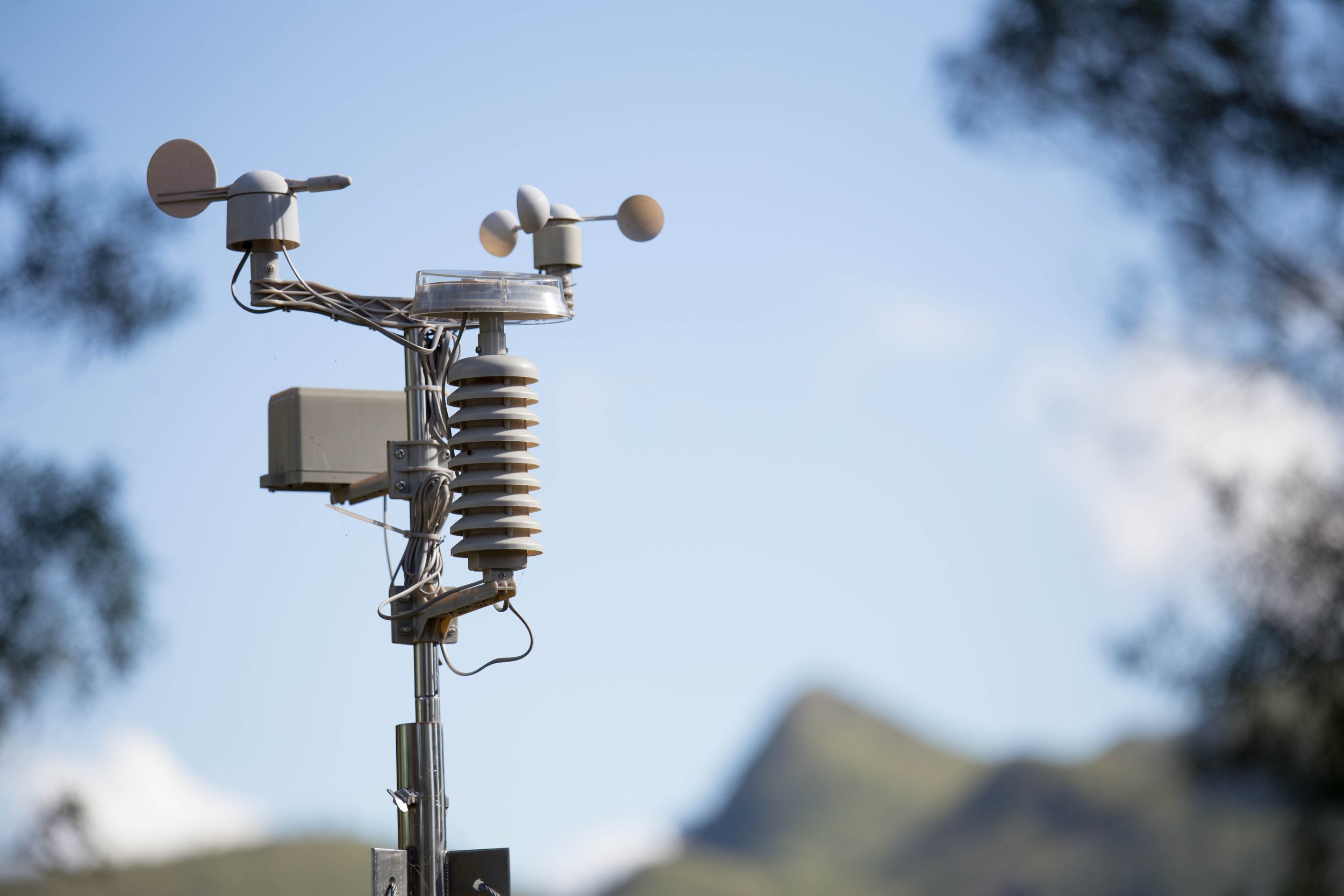Innovative Energy Harvesting Device Mimics Nature to Generate Sustainable Power

A groundbreaking energy harvesting device inspired by the natural world is set to revolutionise how we generate electricity from rain and wind.
Created by a team of scientists, this technology efficiently converts the energy from raindrops and wind into electrical power. The research, spearheaded by Ravinder Dahiya of Northeastern University, was detailed in a publication in "ACS Sustainable Chemistry & Engineering".
Drawing inspiration from the structure of leaves, the device represents a significant advancement in energy harvesting. Traditional methods typically focus on harnessing a single type of ambient energy, such as sunlight or heat, which are only sometimes consistently available. This novel approach, however, seamlessly integrates two types of energy harvesters: one for raindrops and another for wind, providing a more reliable and constant power source.
Dahiya emphasises the need for such innovations, “We urgently need distributed, clean and sustainable energy solutions to power the sensor networks needed for smart infrastructure and environmental monitoring,” he explains. The leaf-like devices they've developed are adept at capturing energy from both wind and rain, making them a versatile and practical solution for generating electricity in various environments.
The dual-function device utilises a specialised nanogenerator comprising two distinct layers. One layer is designed to capture the kinetic energy of falling raindrops, while the other harnesses wind power. Both layers are made from sustainable textile materials treated with advanced nanocoatings to boost electrical output.
The mechanism underlying the raindrop energy harvesting is particularly ingenious. It involves the triboelectric effect combined with a self-restoring hydrophobic surface coating. As raindrops hit the device, their kinetic energy forms positive and negative charges on separate electrodes. The water-repellent coating aids in this process by causing the droplets to spread and contract on impact, facilitating the movement of electrons to generate an electric current.
Similarly, wind energy harvesting works through contact electrification. Here, air currents cause two textile layers to touch and separate repeatedly, generating charges converted into electricity. Combining these two mechanisms allows the device to passively produce electricity from the available ambient mechanical energy at any given time.
In practical tests, this hybrid textile nanogenerator has shown impressive results. It generated voltage spikes of over 100V from simulated raindrops and sustained outputs of over 10V from light winds. This power level is sufficient to light up LED arrays and charge energy storage capacitors. The researchers have also developed an analytical model to optimise various design parameters, such as droplet size and impact velocity, enhancing the device's efficiency.
Dr Dahiya elaborates on the device's capabilities, “The presented leaf-shaped harvesters effectively integrate triboelectric and droplet-based electricity generation mechanisms to scavenge multiple ambient energies,” he states. “Both the modelled and measured outputs indicate they could reliably power sensors, data transmission circuits, and other electronics needing up to tens of microwatts.”
What sets this technology apart is its sustainable nature. All active materials used in the device are sustainable, biodegradable textiles and nanostructured coatings. Unlike lithium batteries, this device doesn't contain any toxic components, making it an environmentally friendly alternative for power generation.
Looking ahead, the researchers envisage further enhancements. They aim to develop “power leaves” with optimised hydrophobicity, which could be integrated into artificial plants. These plants could be deployed anywhere, providing continuous passive generation of electricity. Such an array could offer trickle charging for battery-powered IoT devices, ensuring their perpetual operation.
Overall, this study showcases the potential of applied nanoscience and highlights how materials and devices can actively transform ambient energy into much-needed power. It opens new avenues for creating more intelligent, adaptive, sustainable infrastructure to meet future energy challenges.
COMPANIES TO WATCH:
Panoramic Laboratories, Aether Biomachines
Author:
Kate Sivess-Symes
Content Producer and Writer





